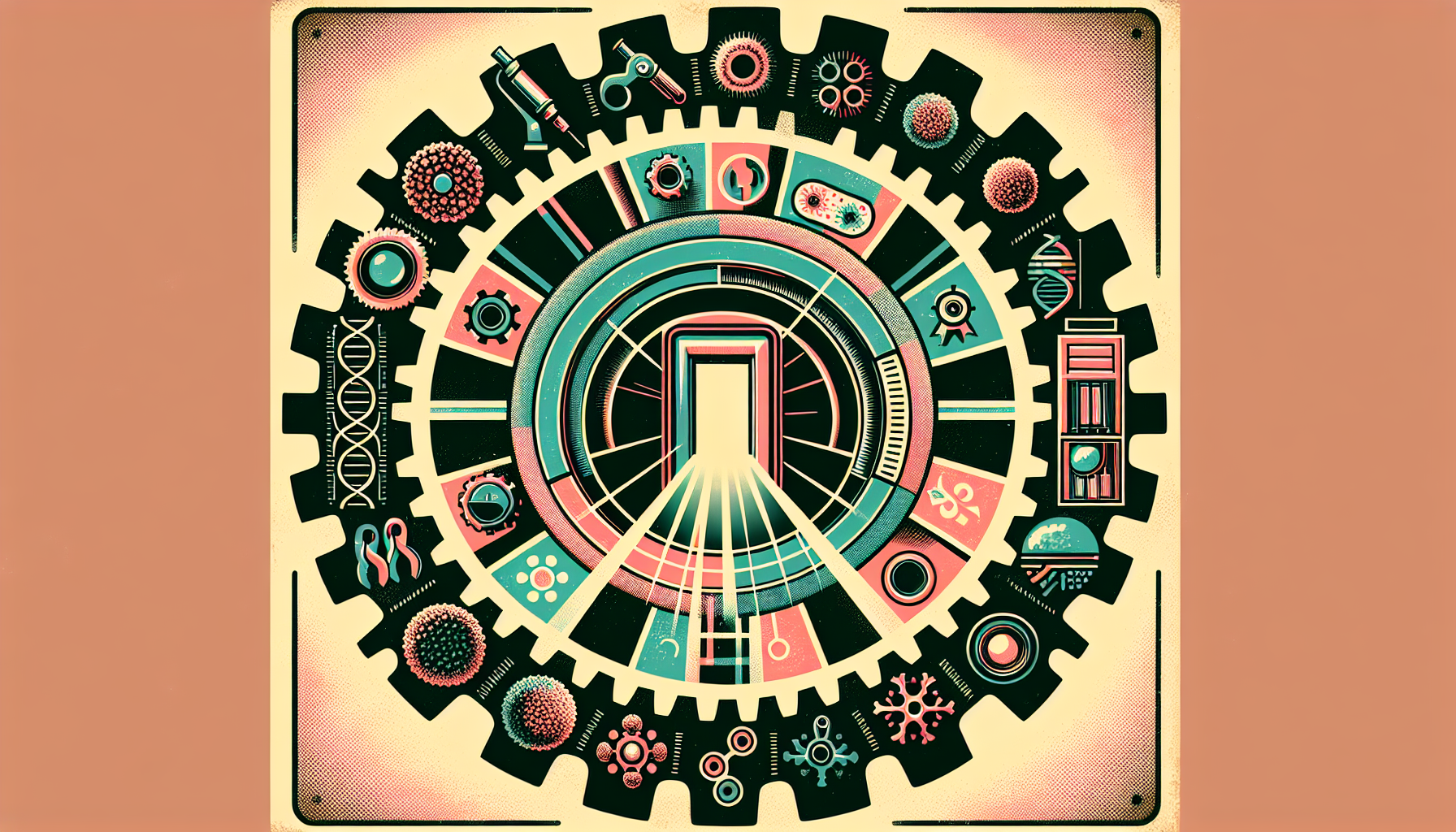The world of cancer research is witnessing a transformation with the introduction of artificial intelligence (AI) in diagnosing and treating the disease. Recent strides in AI have birthed cutting-edge tools capable of predicting the progression of cancer, identifying cancer types, and anticipating how patients will respond to treatments. This blend of technology and medicine has opened new doors in the field of oncology.
Accurate Diagnosis and Prognosis
At the forefront of this revolution is a self-learning AI system developed by experts at NYU Langone Health’s Perlmutter Cancer Center and the University of Glasgow. This remarkable system distinguishes lung adenocarcinoma from squamous cell cancer with a stunning 99% accuracy, an impressive leap over the 64% accuracy achieved by human pathologists.
Furthermore, the tool predicts cancer recurrence with a 72% accuracy rate, a vital component in managing the disease. By evaluating lung adenocarcinoma tissue slides from the Cancer Genome Atlas, it identifies 46 essential traits tied to recurrence and survival. Researchers are optimistic about expanding these capabilities to predict survival and recurrence over a five-year span, along with developing similar tools for other cancer types.
Deep Learning in Medical Image Analysis
Deep learning, a branch of AI, significantly enhances cancer diagnosis from medical images. It can interpret X-rays, ultrasounds, CT scans, MRIs, PET scans, and histopathological images. These powerful algorithms excel in image classification and various other tasks, improving the precision and speed of diagnoses.
State-of-the-art neural networks, including transfer learning and vision transformers, are key to refining these models. Despite their success, challenges persist, such as the need for comprehensive labeled datasets, especially for rare cancers, and the harmonization of image data from multiple sources.
Predicting Patient Survival and Treatment Responses
Amazing advancements have been made by scientists at Harvard Medical School with an AI model called CHIEF. Unlike its predecessors limited to specific tasks, CHIEF handles various diagnostic functions across multiple cancers. Testing on 19 different cancer types, CHIEF achieved nearly 94% accuracy in detecting cancers, surpassing other AI methods.
CHIEF analyzes tumor tissue slides to detect cancer cells and predict molecular profiles. It forecasts patient survival for numerous cancer types and highlights aspects of the tumor’s environment linked to treatment efficacy. This model has unveiled new insights into tumor features related to survival, offering a fresh perspective on cancer treatment.
Integration with RNA-seq Data
Beyond images, AI delves into transcriptomic data from RNA sequencing to predict cancer outcomes. AI models like Cox-nnet and DeepSurv have been trained on cancers from The Cancer Genome Atlas, showing superior performance over traditional models. These models uncover connections between survival times, mutation burdens, and prognosis accuracy.
Clinical Implications and Future Directions
AI’s integration into cancer diagnosis and treatment is reshaping oncology. These tools not only enhance early detection but also help tailor treatments to individual patients. With FDA-approved AI technologies, physicians can now more accurately detect cancers in the brain, breast, lung, prostate, skin, and thyroid.
In the clinic, AI serves as a trusted ally to pathologists and radiologists, akin to consulting a knowledgeable peer. As these technologies grow, they promise to improve care by refining diagnoses, predicting treatment outcomes, and ultimately boosting patient survival rates.
The rise of AI in anticipating cancer progress and treatment responses marks a pivotal advancement in medical science. As ongoing research continues and more data is integrated, these AI tools are set to play a critical role in the fight against cancer, providing hope for more targeted and effective treatments in the long run.

Leave a Reply